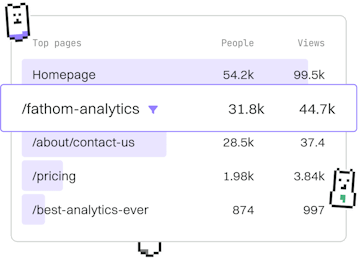Examples
Ruby REST API
Building a REST API
Ruby REST API with Rails handles CRUD with JSON responses.
Introduction to Ruby on Rails REST API
Ruby on Rails is a powerful web application framework written in Ruby. Its RESTful architecture makes it easy to build APIs that handle CRUD (Create, Read, Update, Delete) operations with JSON responses. In this guide, we will walk through the steps to create a simple REST API using Rails, focusing on the essential concepts and code examples.
Setting Up a New Rails Application
To get started, you need to have Ruby and Rails installed on your machine. You can create a new Rails application by running the following command:
This command will create a new directory named my_rest_api with all the necessary files and folders for a Rails project. Navigate into this directory to start building your API.
Generating a Resource
Next, generate a resource. For this example, let's say we are building an API for managing articles. Run the following command to generate the necessary files for an Article resource:
This command will generate a model, controller, views, and a migration file for the Article resource. The scaffold generator sets up a basic CRUD interface for the resource.
Running Migrations
Before we can use our new resource, we need to run the database migrations to create the necessary database tables. Execute the following command:
This command applies the migrations, creating the tables in the database based on the definitions in the migration files.
Configuring Routes for the API
In Rails, routes define the URLs for your application. To specify routes for our API, open the config/routes.rb file and add the following line:
This line automatically creates RESTful routes for all CRUD operations on the Article resource, such as GET /articles and POST /articles.
Handling JSON Responses
Rails can easily render JSON responses. In the generated ArticlesController, ensure that each action responds with JSON. Here's an example of how you might modify the index action:
This code fetches all articles and renders them as JSON. Similarly, you can modify other actions to handle JSON responses.
Testing the API
With the API set up, you can test it using tools like Postman or cURL. These tools allow you to send HTTP requests to the API endpoints and view the JSON responses.
Conclusion
In this guide, we've demonstrated how to create a simple REST API using Ruby on Rails. With Rails' powerful conventions and tools, building RESTful APIs becomes a streamlined process, allowing developers to focus more on application-specific logic. You can expand this example by adding authentication, complex validations, or integrating with other services.
Examples
- Previous
- Benchmarking
- Next
- GraphQL API
